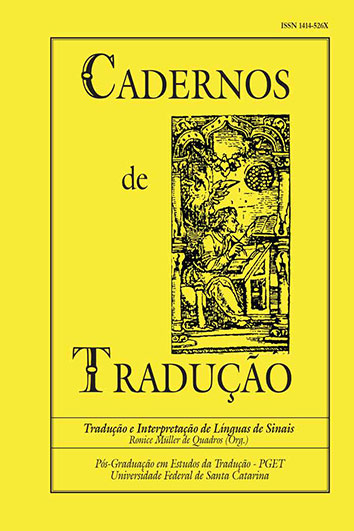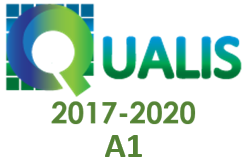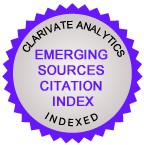Tradução e interpretação da Língua Brasileira de Sinais: Formação e Pesquisa
DOI:
https://doi.org/10.5007/2175-7968.2010v2n26p165Abstract
The text that follows is written in Brazilian Sign Language. The paper presents a synthesis of the educational evolution of Brazilian Sign Language translators and interpreters. In 2002, a law was passed recognizing Brazilian Sign Language as the official language used by the Brazilian Deaf community. Since this legislation, numerous actions have been developed to give deaf Brazilians the right to access society in their own language, one of these rights is the translation and interpreting of this language. The qualification of translators and interpreters in Brazil has always been linked to the deaf groups who have argued for the recognition of the Brazilian Sign Language as their mother tongue. Through a Brazilian policy that recognizes this language, translators and interpreters can now achieve undergraduate and graduate level qualifications. This paper presents this process of conquests and qualifications by these professionals in the country.
Downloads
Published
How to Cite
Issue
Section
License
Copyright Notice
Authors hold the copyright and grant the journal the right for their articles' first publication, being their works simultaneously licensed under the Creative Commons Attribution License (CC BY), which allows the sharing of such works with its authorship acknowledged and its initial publication in this journal.
Authors are allowed to enter into separate additional contractual arrangements for the non-exclusive distribution of the journal's published version of the work (e.g., post it to an institutional repository or as a book chapter, with an acknowledgment of its initial publication in this journal).






















































